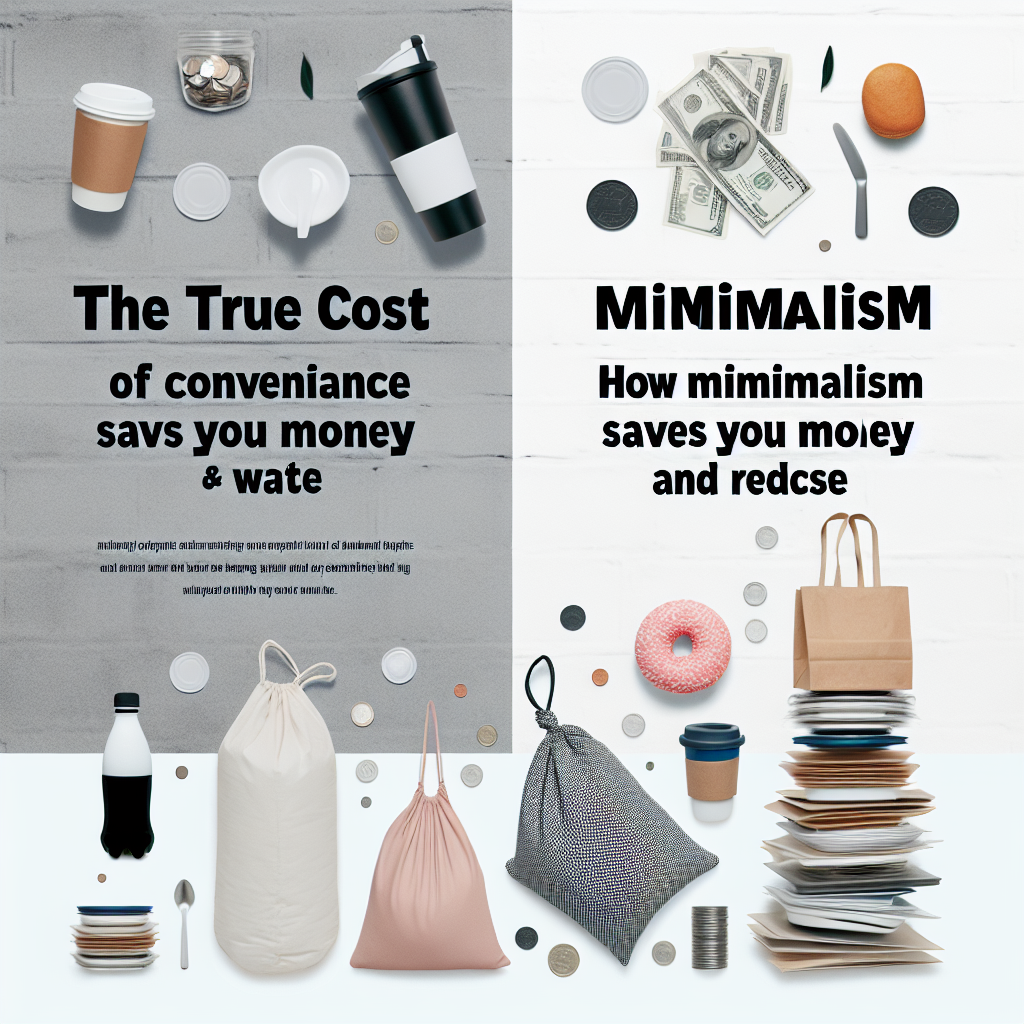10 Creative Ways to Cut Your Grocery Bill and Help the Environment
Welcome to Frugal Zeitgeist! Are you tired of spending too much money at the grocery store and trying to figure out which products are better for the environment? You’re not alone! With grocery prices going up and our planet in need of help, it’s time to manage both our expenses and our environmental impact. So grab a reusable shopping bag and let’s dive into ten cool ways to save money and help the Earth!
1. Shop Seasonally
Instead of wandering aimlessly through the grocery aisles, focus on what’s in season. Fruits and vegetables like crisp apples in the fall or juicy strawberries in the summer are not only fresher and tastier but also cheaper and more eco-friendly. Why? Because they require less transportation and storage. To become a seasonal produce expert, get a local seasonal food guide to see what’s fresh each month in your area. At Frugal Zeitgeist, we believe eating seasonally makes meals tastier and more rewarding.
2. Buy in Bulk
Buying in bulk doesn’t mean you need to carry heavy bags of rice home! It simply means purchasing staple items like grains, nuts, and even cleaning products in larger quantities. This practice reduces costs and packaging waste, which helps our planet. So, go ahead and buy that big bag of oats—you’ll be saving money and getting a nod of approval from Mother Nature.
3. Embrace Meatless Meals
Try having meatless meals and you’ll not only save money but also explore new kinds of delicious foods. Ingredients like lentils, chickpeas, and tofu can help you create affordable, tasty meals without harming the environment. Think about making meals like lentil soups, chickpea curries, or tofu stir-fries. These dishes satisfy your taste buds and help lower carbon emissions.
4. Grow Your Own Produce
Put on your gardening hat because we’re going full garden-mode! Growing a small garden at home is a cost-effective way to get fresh veggies and herbs. No need to search for kale in the store when it’s growing in your backyard! Plus, your home-grown greens don’t require trucks or middlemen, making them low-emission heroes. So, plant some seeds and enjoy the goodness and savings!
5. Use Food Scraps
You can be a kitchen wizard by turning vegetable and fruit scraps into amazing new creations. Vegetable ends can become homemade stock, citrus peels can be used for zest, and coffee grounds can be composted! By using food scraps, you cut down on waste and improve your cooking. So go ahead, get creative with food scraps and start a journey towards sustainability.
6. Shop with a List
Before entering the grocery store, prepare a shopping list. Planning your meals ahead helps you stay focused and avoid impulse purchases. You’re less likely to grab random items that you don’t really need. Use tools and apps like Mealime or AnyList to help you create lists and plan meals. The result? A healthier budget and a happier planet.
7. Use Reusable Bags and Containers
Feel guilty about using single-use plastics? Swap them for reusable bags and containers. By doing this, you’ll save money over time and help the environment. Keep bags in convenient places like your car or near the front door so you don’t forget them. Containers can be lifelong friends in your kitchen if treated with care.
8. Visit Local Farmers Markets
Take a walk through a farmer’s market and discover fresh produce and potential savings. Buying from local farmers means fresher produce with fewer miles traveled. You might even get a deal! To find farmers markets, check online or look at community boards. Supporting local farmers means saving money and getting fresh food—you can have your cake and eat it too!
9. Avoid Pre-Packaged Foods
Pre-packaged foods might seem convenient, but they often cost more and have unnecessary packaging. Focus on whole foods and try homemade recipes instead. You’ll make meals with love while saving money. Ready to make snacks at home? Try treats like homemade granola bars or fresh-baked bread. Enjoy!
10. Embrace Leftovers
Love your leftovers! Properly storing and reheating them means less food waste. Turn yesterday’s meal into something new like a sandwich or a stir-fry. In the cooking world, it’s reduce, reuse, and eat again. Don’t waste a crumb and impress everyone with your culinary creativity!
Conclusion
By using these ten creative strategies, your grocery bill will go down, and the Earth will thank you with gentle breezes and birdsong. Even small changes in our shopping habits can make a big difference for our environment and savings. Why not try one or two tips in your next grocery trip? Once you start taking care of your wallet and the planet, you’ll find that it’s a wonderful way to live.
Additional Resources
If you’re looking for more green living advice, here are some helpful tools:
- Seasonal Produce Guides: Check local agricultural websites or community blogs for a handy guide.
- Meal Planning Apps: Use apps like Mealime and AnyList for fun meal planning.
- Eco-friendly Living Inspiration: Read The Zero Waste Home by Bea Johnson or watch documentaries like The True Cost.
Happy, eco-friendly shopping, everyone! Your journey to a more sustainable and frugal life is supported by everyone here at Frugal Zeitgeist. 🌿🛒
